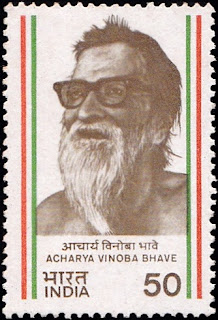Pierre Curie was a French physicist who, along with his wife Marie Curie, made significant contributions to the field of radioactivity. He was born on 15 May 1859, in Paris, France, and tragically died in a traffic accident on 19 April 1906.
Pierre Curie's early work focused on magnetism and crystallography, but he became increasingly interested in the phenomenon of radioactivity after Henri Becquerel's discovery of uranium's ability to emit radiation. Working alongside his wife, Marie Curie, Pierre conducted extensive research on radioactive materials, including uranium and thorium.
Together, Pierre and Marie Curie discovered two new chemical elements: polonium and radium. Their groundbreaking research paved the way for significant advancements in physics and chemistry and laid the foundation for the field of nuclear physics.
In recognition of their contributions to science, Pierre Curie, along with Marie Curie and Henri Becquerel, was awarded the Nobel Prize in Physics in 1903. Their work on radioactivity revolutionized our understanding of the atom and its behavior and had far-reaching implications for medicine, industry, and energy production.
Despite his untimely death, Pierre Curie's legacy lives on as one of the pioneers of modern physics. He is remembered for his brilliant mind, dedication to scientific inquiry, and profound impact on the scientific community.

.jpeg)







